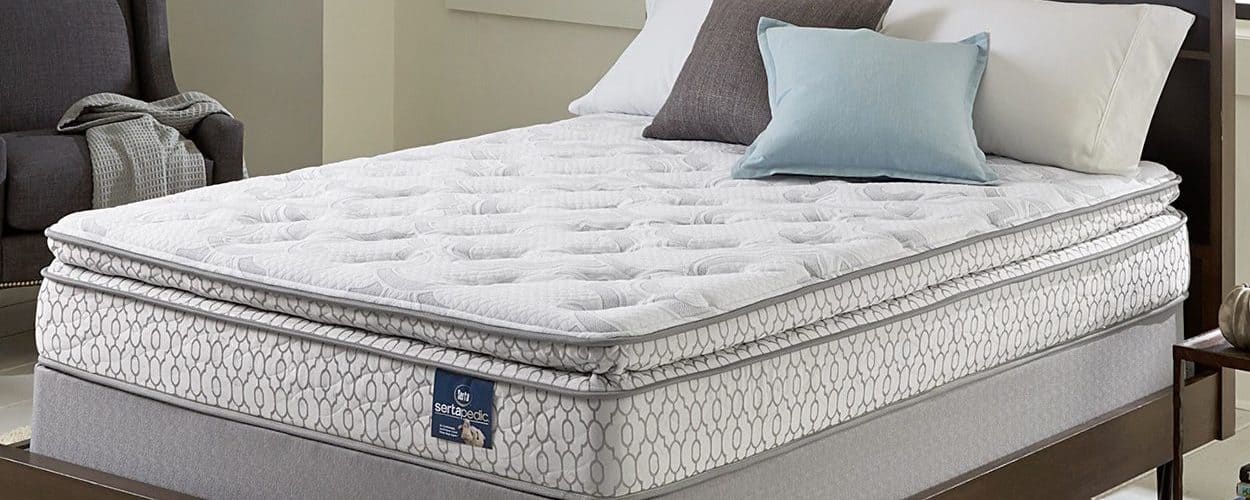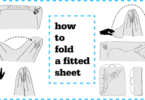Purchasing a mattress can be a significant decision for an individual or a couple. We spend one third of our lives sleeping on mattresses, and the average mattress will last for seven to ten years before reaching the end of its lifetime. As a result, it is worth taking the time to select a good mattress to ensure you have many restful nights to come. Here is a list of steps to follow when selecting your next mattress.
First, be sure to try out many mattresses before deciding on any individual mattress. There is nothing wrong with visiting several stores and trying out several mattresses within those stores; don’t buy the first mattress that feels good, as you might find another that feels even better if you keep looking.
Consider the warranty! A good mattress will be warrantied for at least ten years. Stay away from mattresses that don’t carry warranties, or that are warrantied for less than six months. It can take a year or longer for significant problems to develop with a mattress. However, you should remember that many mattress warranties become void if any damage (stains or soiling) occurs while the mattress is purchased.
When shopping, be sure to wear comfortable and easily fitting clothing, as you will want to lie down on many mattresses before making your decision, and the more comfortable you are, the better an idea you will get of how the mattress will feel when you’re about to fall asleep at night.
Consider whether the mattress will solely be for you, or whether you will be sharing it nightly with a partner. Beds can range from the twin (single) size, which is typically 39 inches by 75 inches, to the king size, which is typically 76 inches by 80 inches. Remember to consider the space requirements in your apartment or home before committing to a mattress.
Read the labels! Every mattress comes with ticking, and the components of the ticking have a large part to do with sleeping comfort, quality, and price. Ticking can range from damask or cotton blends, which are usually quality tickings, to synthetics, including vinyl or polyester. Again, testing these out with your back will tell you more than almost anything else.
Remove your shoes and lie on the mattress. This may sound obvious, but buying a mattress without lying on it is somewhat like buying a car without test driving it. The test drive here is the lying down. Never buy a mattress you haven’t rested on for at least a few minutes.
While you’re lying on the mattress, take the time to roll around on it. Specifically, you want to start at the center of the mattress and roll from there to each edge of the mattress. What you’re doing here is ensuring the mattress support is equal everywhere, as well as ensuring that the edges of the mattress, where people are likely to sit, have extra support for your lower regions.
Before carrying a mattress out, make sure there are handles attached. The handles should be attached to the springs on the inside of the mattress; if they are, they will not break off as easily from the mattress. Handles, of course, will make it easier to carry the mattress out of the store, and around your apartment or house when moving.
Finally, be sure to buy both the mattress and box spring, or foundation, at the same time. Both are essential to providing a good night’s rest. Again, sleep on both!





